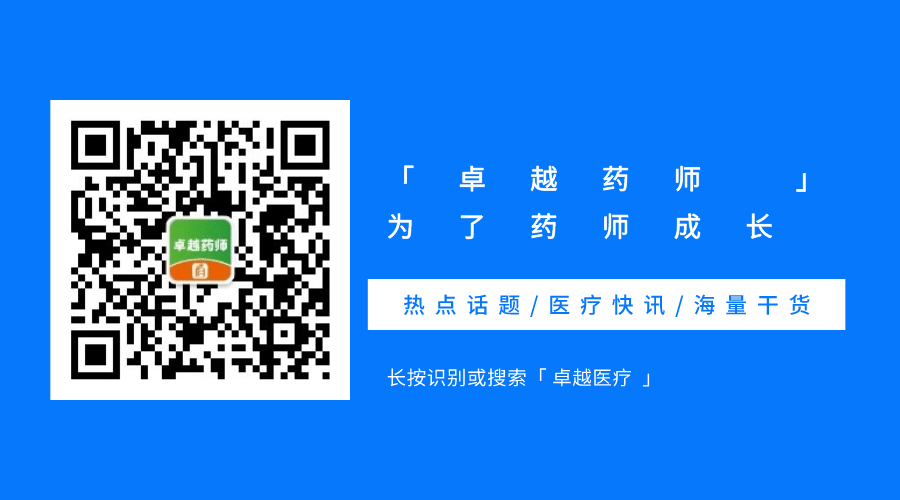 Wind-Heat Cold is caused by the invasion of wind-heat evil attacking the exterior and the disharmony of lung qi. Symptoms include high fever, slight aversion to wind, headache, sweating, sore and swollen throat, cough with sticky or yellow phlegm, nasal congestion with yellow discharge, thirst, red tongue with thin white and slightly yellow coating. Traditional Chinese Medicine (TCM) believes that wind-heat cold is an exterior syndrome caused by the invasion of wind-heat evil. After understanding the symptoms, pharmacy staff need to conduct professional inquiries based on the characteristics of wind-heat cold and provide medication plans.
Wind-Heat Cold is caused by the invasion of wind-heat evil attacking the exterior and the disharmony of lung qi. Symptoms include high fever, slight aversion to wind, headache, sweating, sore and swollen throat, cough with sticky or yellow phlegm, nasal congestion with yellow discharge, thirst, red tongue with thin white and slightly yellow coating. Traditional Chinese Medicine (TCM) believes that wind-heat cold is an exterior syndrome caused by the invasion of wind-heat evil. After understanding the symptoms, pharmacy staff need to conduct professional inquiries based on the characteristics of wind-heat cold and provide medication plans. 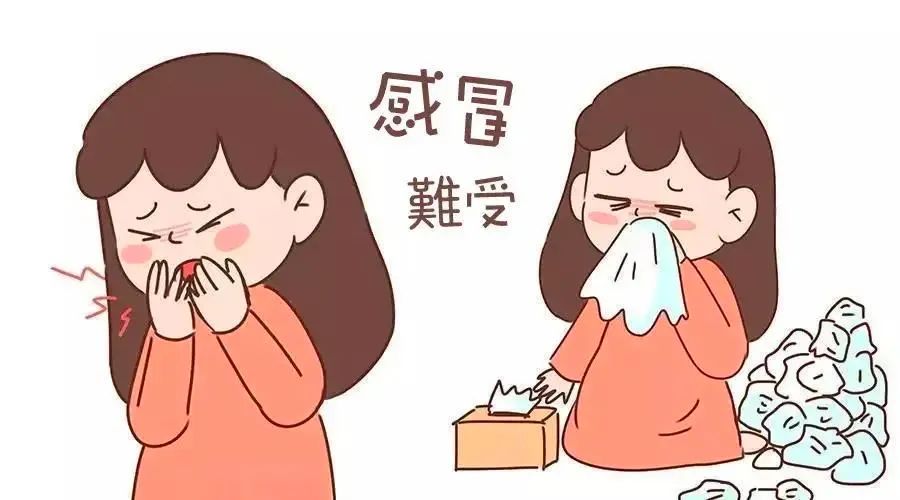 Image | Internet
Image | Internet
1. Key Points for Inquiry
1. Inquire about symptoms such as fever, headache, nasal congestion, sweating, sore throat, cough, runny nose, and thirst; whether there is aversion to cold;
2. Inquire whether the cough phlegm is yellow and thick, and if there is yellow turbid nasal discharge;
3. Check if the tongue coating is yellow and greasy.
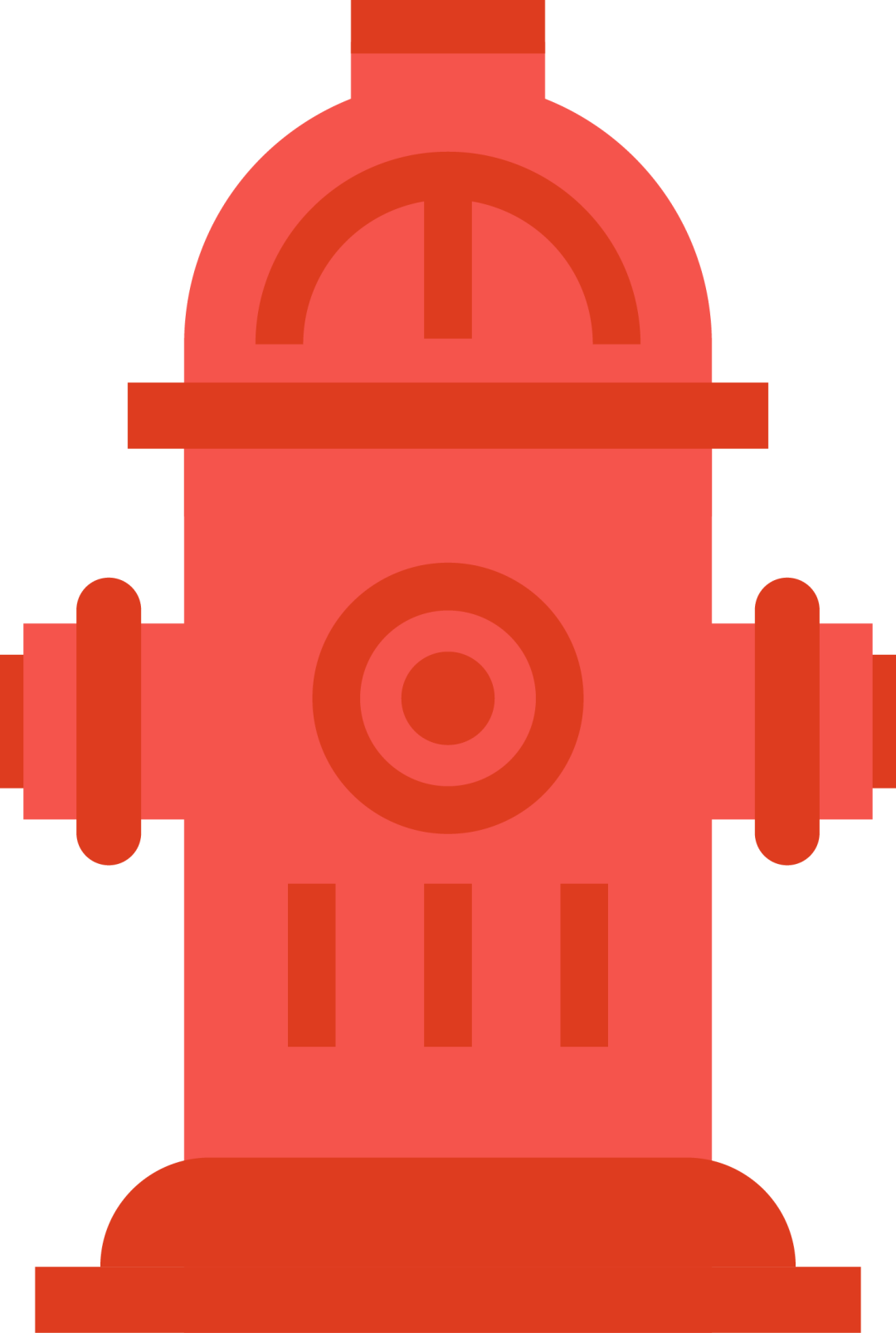
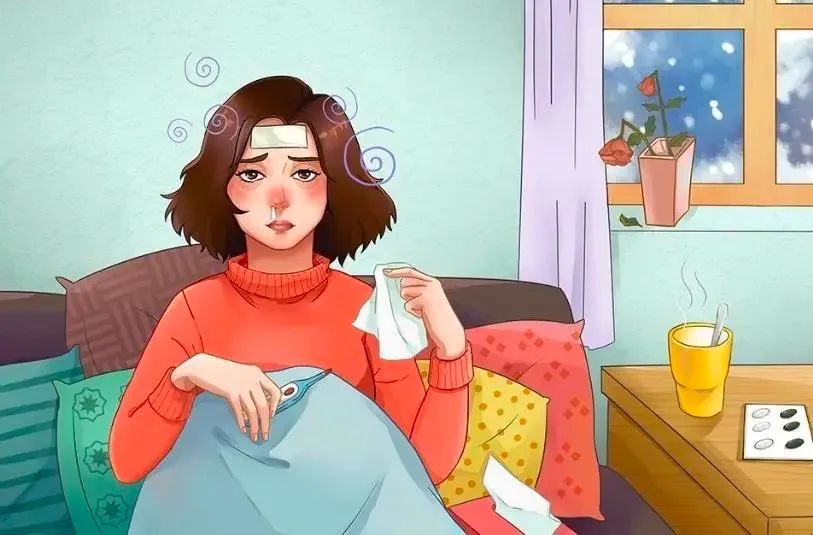 Image | Internet
Image | Internet
2. Distinguishing Between Wind-Cold and Wind-Heat Cold
Both wind-cold and wind-heat can cause fever and headache, and an elevated temperature does not necessarily equate to a heat syndrome; therefore, when differentiating between wind-cold and wind-heat, the presence and severity of fever and headache are not crucial. The main differences between wind-cold and wind-heat are:
1. Aversion to Cold Severity. One of the key features of wind-cold cold is a strong aversion to wind and cold, while wind-heat cold may present with slight aversion to cold but will not have chills.
2. Sore Throat. The presence of pain and swelling in the throat is an important indicator for judging wind-heat cold, but those with wind-cold may also have slight throat redness. However, if the throat is significantly red or congested, it is a typical manifestation of wind-heat.
3. Nasal Discharge Quality. The nasal discharge in wind-cold is clear, while patients with wind-heat cold have thicker, yellow nasal discharge.
4. Thirst. Wind-cold cold does not present with thirst in the early stages because the body fluids are not damaged. In contrast, wind-heat cold shows significant thirst in the early stages due to the invasion of heat evil affecting body fluids.

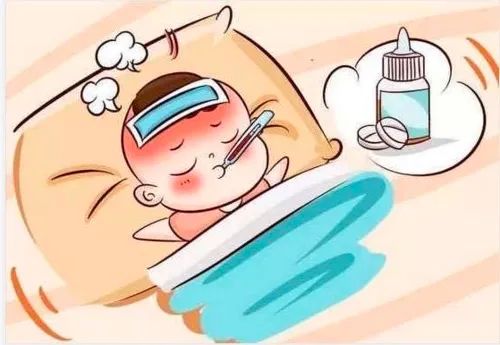 Image | Internet
Image | Internet
3. Principles of Medication
1. Focus on Antiviral Treatment: Be cautious not to use antibacterial drugs blindly, as they are ineffective and may disrupt the normal intestinal flora, worsening the condition and prolonging the illness. If there is a bacterial infection, add medications such as Huanglian Su (Huang Lian Su) or Norfloxacin.
2. Symptomatic Treatment: TCM believes that wind-heat cold is an exterior syndrome caused by the invasion of wind-heat evil. The treatment primarily focuses on dispersing the exterior with acrid-cool herbs and clearing heat and detoxifying. Commonly used Chinese patent medicines include Yin Qiao Jie Du Pian (Yin Qiao Detoxification Tablets), Gan Mao Tui Re Ke Li (Cold and Fever Relief Granules), Ling Yang Gan Mao Pian (Antelope Cold Tablets), and Sang Ju Gan Mao Pian (Mulberry and Chrysanthemum Cold Tablets).
Clinical Symptoms ①: Fever, headache, cough, dry mouth, sore throat
Symptomatic Medication: Yin Qiao Jie Du Pian, Gan Mao Tui Re Ke Li, Ling Yang Gan Mao Pian, Sang Ju Gan Mao Pian
Clinical Symptoms ②: Accompanied by bacterial infection
Symptomatic Medication: Huanglian Su, Norfloxacin
In addition, other Chinese patent medicines for treating wind-heat cold include Ban Lan Gen Ke Li (Ban Lan Gen Granules), Shuang Huang Lian Kou Fu Ye (Shuang Huang Lian Oral Liquid), Lan Cen Kou Fu Ye (Lan Cen Oral Liquid), Qing Kai Ling Ke Li (Qing Kai Ling Granules), and Feng Re Gan Mao Ke Li (Wind-Heat Cold Granules).
 For customers consulting for medication, pharmacy staff should promptly inform them to maintain a light diet, drink plenty of water in the early stages of the cold to meet the body’s increased metabolic needs, which is beneficial for alleviating symptoms and shortening the duration of the illness. During the fever phase, avoid greasy, rich, and sweet foods, as well as overly salty foods. – END –*Some content in this article is for reference reading by pharmacy-related professionals only– More Recommendations –Professional Learning for Pharmacy Staff: “Key Points for Inquiry and Combined Medication for Tinea Pedis” Professional Learning for Pharmacy Staff: “Symptomatic Medication Plan for Urticaria”
For customers consulting for medication, pharmacy staff should promptly inform them to maintain a light diet, drink plenty of water in the early stages of the cold to meet the body’s increased metabolic needs, which is beneficial for alleviating symptoms and shortening the duration of the illness. During the fever phase, avoid greasy, rich, and sweet foods, as well as overly salty foods. – END –*Some content in this article is for reference reading by pharmacy-related professionals only– More Recommendations –Professional Learning for Pharmacy Staff: “Key Points for Inquiry and Combined Medication for Tinea Pedis” Professional Learning for Pharmacy Staff: “Symptomatic Medication Plan for Urticaria”